बदलती जलवायु परिस्थितियों में ऑरफन फसलों की भूमिका
Orphan crops are crops that are not traded internationally and very less attention is provided to them in terms of research, training and extension. These are grown in Asia, Africa and South America. Generally these constitute major part of local diet.
In comparison to major food crops like rice, wheat and maize, breeding technology for orphan crops is far away behind. Similar to major crops, orphan crops are also member of different types of food i.e. cereals, legumes, vegetables, root and tuber crops.
Orphan crops are also called as neglected, minor, promising, niche, traditional, alternative crops, future smart food and many more.
Worldwide, around 12000 crop species are classified as suitable for human consumption, yet 30 crops play important role in feeding the world and to our utter surprise out of that, 60% of world population’s dietary energy is fed by rice, maize and wheat.
This is mainly due to strong policy support, target breeding efforts and trade policies in favor of major food crops. Beside these factors changes in traditional food habits have resulted in an overdependence on energy rich and nutrient poor staple crops.
Different types of orphan crops are:
1. Millets: Millets ere tolerant to moisture deficit (Kholova et. al,2010) and have great suitability in semi arid region of Asia and Africa, especially in drought situation (William and Haq.,2000). Some of the orphan millets are:
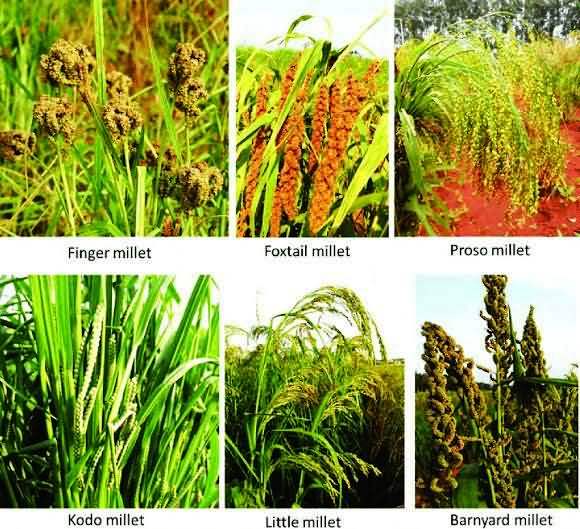
2. Pseudocereals: These crops are having close relationship to ‘true cereals’ in terms of carbohydrate composition but are called pseudocerals as they have 2 cotyledons unlike grasses having single cotyledons.
Buckwheat, Amaranthus and Quinoa are major crops of this group. These crops are free of gluten and have several health related benefits like anti-cancer, anti-hypertensive, anti-inflammatory and prevention of heart diseases.
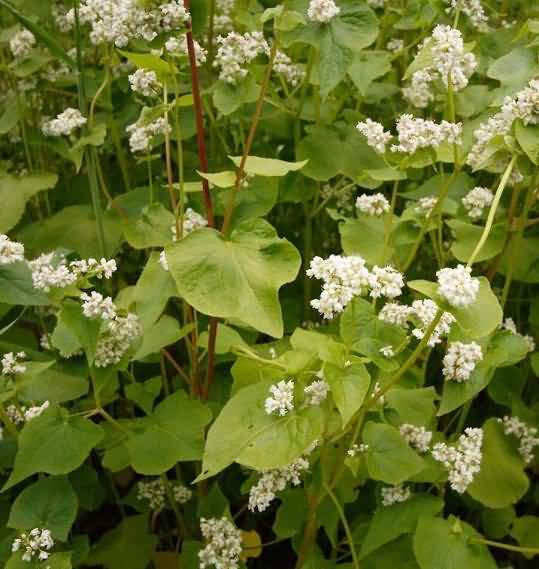
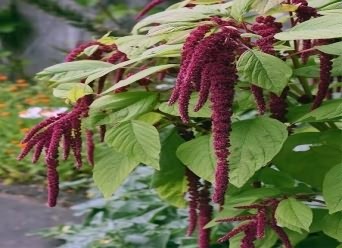
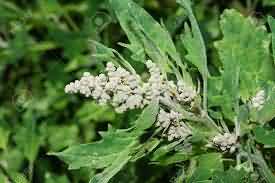
Buckwheat Amaranthus Quinoa
3. Legumes/Pulses: Crops like horse gram, cowpea, pigeon pea, chickpea, grass pea and lentil constitute this group. These are highly nutritious and drought tolerant.
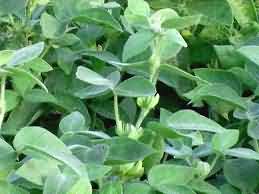
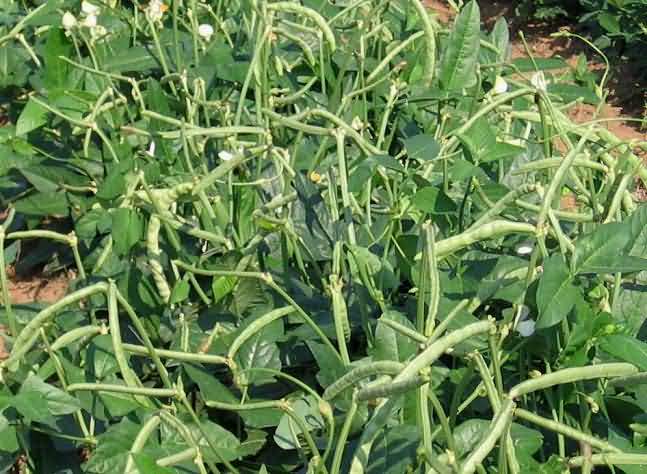
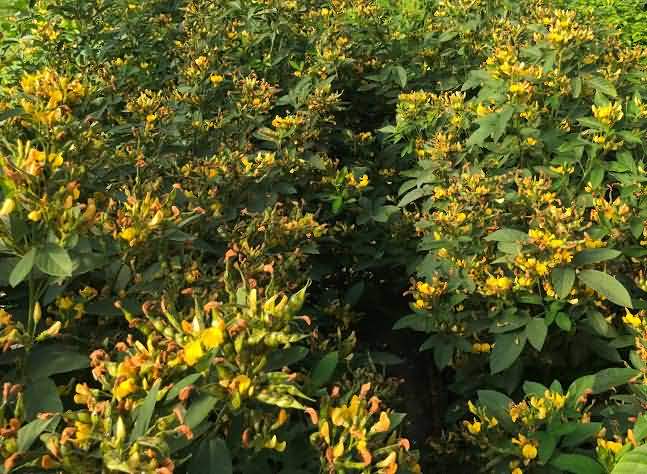
Horse gram Cowpea Pigeon pea
4. Vegetables: Okra, Moringa and Baobab constitute this group. Every part of Moringa tree is highly nutritious. Baobab is a multipurpose tree with leaves rich in iron and good amount of vitamin C in its fruits.

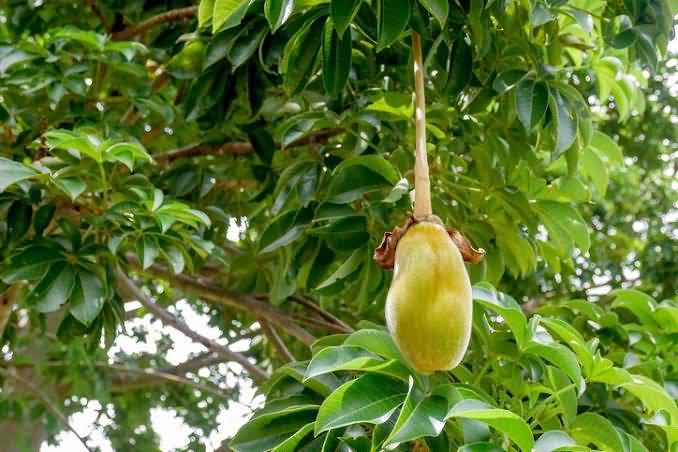
Moringa Baobab
5. Oilseeds: Castor bean, linseed and sesame are important orphan crops.
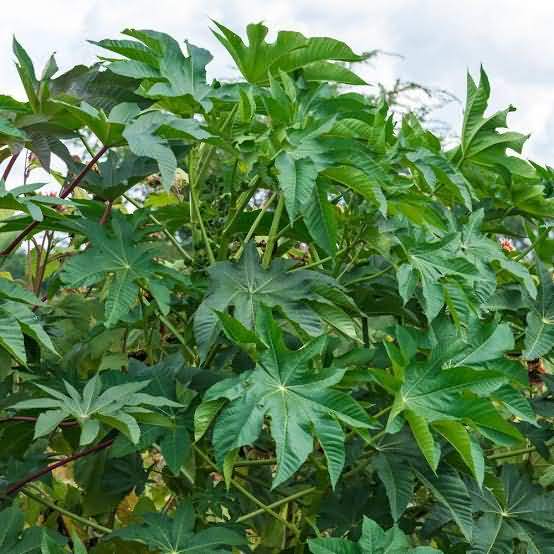

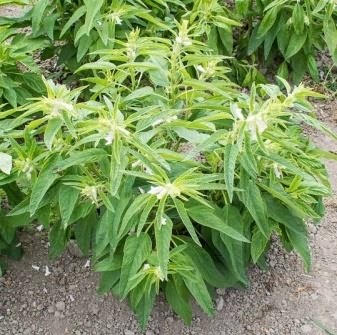
6. Root and Tuber crops: Cassava, Sweet potato and Yam are important crops of this group. Cassava is highly tolerant to drought and gives good results on soils with fewer nutrients.
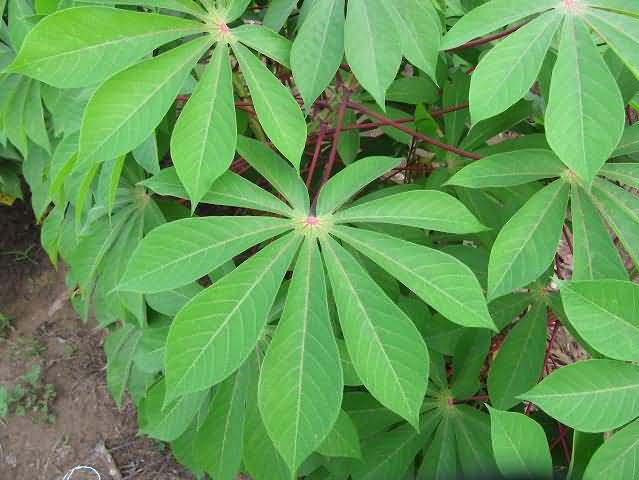
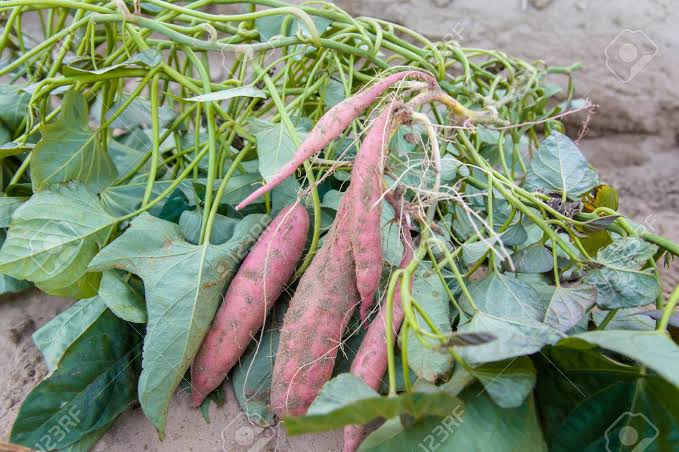
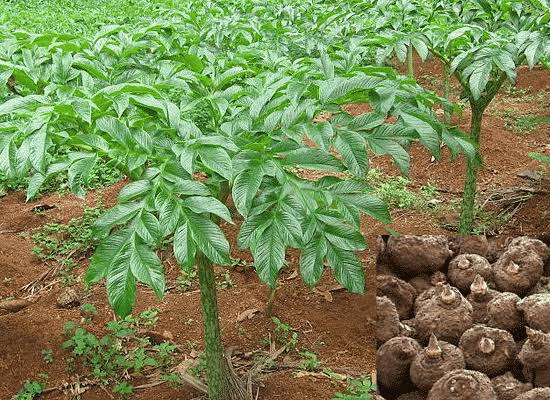
Cassava Sweet potato Yam
7. Fruits: Banana and Plantain (Musa sp.) constitute this group. Orange pulped type banana has high carotenoid and iron content and can help in reducing iron and vitamin A deficiency.
Role of orphan crops in current situation:
- Under changing climate, these crops will help in improving agricultural sustainability.
- Provide healthy and sustainable food system
- Provide good reserve of genetic resource for future crop improvement
Importance of orphan crops in changing climate condition:
As we know that impacts of climate change are putting excessive pressure on our natural resource base and thus resilience of agro eco system is getting reduced, which are providing food and nutritional security in rural communities.
To tackle out the problems of climate change, there is urgent need of shift from present adaptation techniques/strategies towards transformative alternatives which give equal emphasis on health as well as nutrition of human and also provide equal efforts for environmental sustainability (Francis et. al. 2017). Here involvement of nutrient rich orphan crops into marginalized agricultural systems and dominant food system is the important transformative adaptation.
New opportunities can be obtained from orphan crops as these are uniquely well suited to local harsh environments, also increase agro-biodiversity in the given region and also offer nutritional diversity. When compared to major crops, it has been shown that most orphan crops are low yielding but these have certain peculiar traits which may be useful for climate change adaptation.
Growth of crops will be affected in changing climate in terms of phenology, heat stress, water stress, increased infestation of pest and diseases. In fact, it is forecasted that in 2050, there will be yield changes from -27 to +9% across all the developing countries for three major crops (Rice, Wheat and Maize).
Why to focus on Orphan Crops:
- Rich source of vitamins, minerals, phyto-chemicals and antioxidants. Thus will help in removing the problem of malnutrition.
- Able to adapt to harsh conditions suggesting their suitability in changing climate.
- Provide cheap and environment friendly option to resource poor communities as these do not require large amount of fertilizers and agrochemicals.
- Different mechanisms and gene alleles for resilience under stress and growth in poor environment are present in orphan crops which are lost from major crops.
- Several orphan crops require less water and have high water use efficiency, thus making them suitable in areas having water shortage problems.
- Land which is not suitable for growing major crops may be suitable for the cultivation of adaptable orphan crops. It will result in better utilization of land.
- These crops help in disrupting pest and disease cycles of major crops and will also increase the presence of pollinators.
Steps needed to bring orphan crops in mainstream:
- Research policies
- Trade system
- Value addition
- Seed production system
- Marketing system
Conclusion:
We are living in the era where there is requirement of surplus food grains to feed the increasing population but along with this we need to provide healthy and nutritious food from limited resources.
We are concerned about food grain production in changing climate scenario as it is expected that it will have negative effect on food grain production as well as quality in crop plants that use three-carbon-fixation pathway (Rice, Wheat and Soybean).For maintaining sustainability in agriculture food system it is very necessary to widen the genetic resource base.
Orphan crops provide huge opportunities for adding variety to our food basket in terms of quantity and nutritive value.
Authors:
*Rekha Yadav, Archana Rani1 , Sonu Kumari2, Renu Yadav3
*Department of Agronomy, CCS HAU, HISAR
1,3Department of Vegetable Science, CCS HAU, HISAR
2. Department of Horticulture, CCS HAU, HISAR
*Email:
